What to do for Candida infection
By naturopath Margaret Jasinska
Candida albicans is a form of fungus. Areas of the body most commonly affected are the vagina, mouth, intestine, skin folds and the napkin area in babies. Also known as thrush or monilia, candida is a normal inhabitant in our bodies. The yeast Candida albicans can change its form from a simple non-invasive cell to an invasive mycelial form with tendrils (tentacles). These tendrils grow like roots and can penetrate the wall of the bowel, and act like a leaking pipe through which waste products and toxins can enter into the bloodstream, bypassing the liver. The liver is unable to get to these toxins which can then cause symptoms such as fatigue, allergies and mysterious ill health.
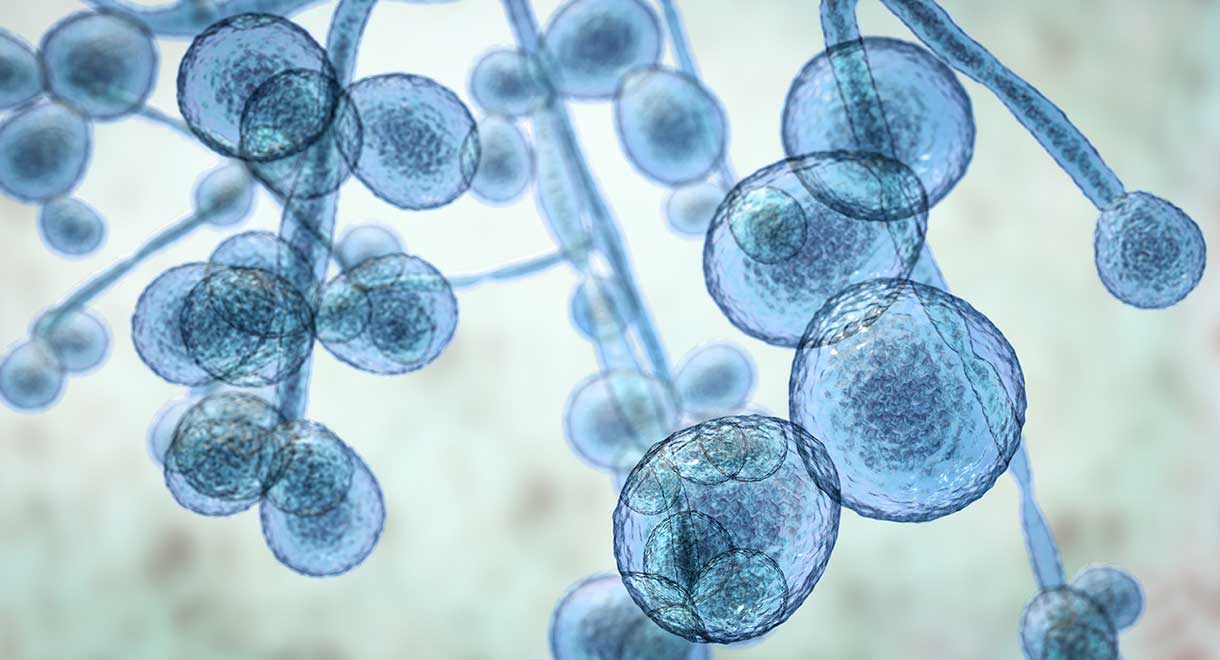

What causes it?
Generally, the friendly bacteria of our genital and gastrointestinal tracts keep the candida under control. However, in situations where the friendly bacteria have been disturbed or killed off, such as secondary to antibiotics, the contraceptive pill, a high sugar diet and even stress, Candida makes the most of the opportunity to take over. It is with this overgrowth that the problems start. The yeast loves warm, moist places, and this is why regions like the vagina, mouth and sweaty skin folds are so commonly affected.
Symptoms of Candida overgrowth
- Vaginal thrush or candida is characterised by itch, irritation and a white cheesy discharge. Many women are plagued by recurrent thrush infections in the vagina. This can indicate that you are carrying a reservoir of candida in the intestine or occasionally that your partner may have an unrecognized low-grade infection and is re-infecting you.
- Candida can also be a possible cause of recurrent cystitis, when urine tests are negative for bacteria.
- Thrush in the mouth presents as a sore white coated tongue or throat.
- When the skin is affected, a red itchy rash appears.
- In the intestine, candida can cause bloating, crampy pains, excessive flatulence or burning in the stomach. There may be itching around the anal area.
- Strong sugar cravings are a typical symptom.
- Candida infection can disturb sleep quality by causing a leaky gut and overloading the liver with toxins.
- If Candida proliferates in the intestine, it can change its form from yeast buds to an elongated fungal form with root-like projections that attach to the intestine wall. This may open channels directly into the bloodstream, and may result in the absorption into the blood of partially digested food particles.
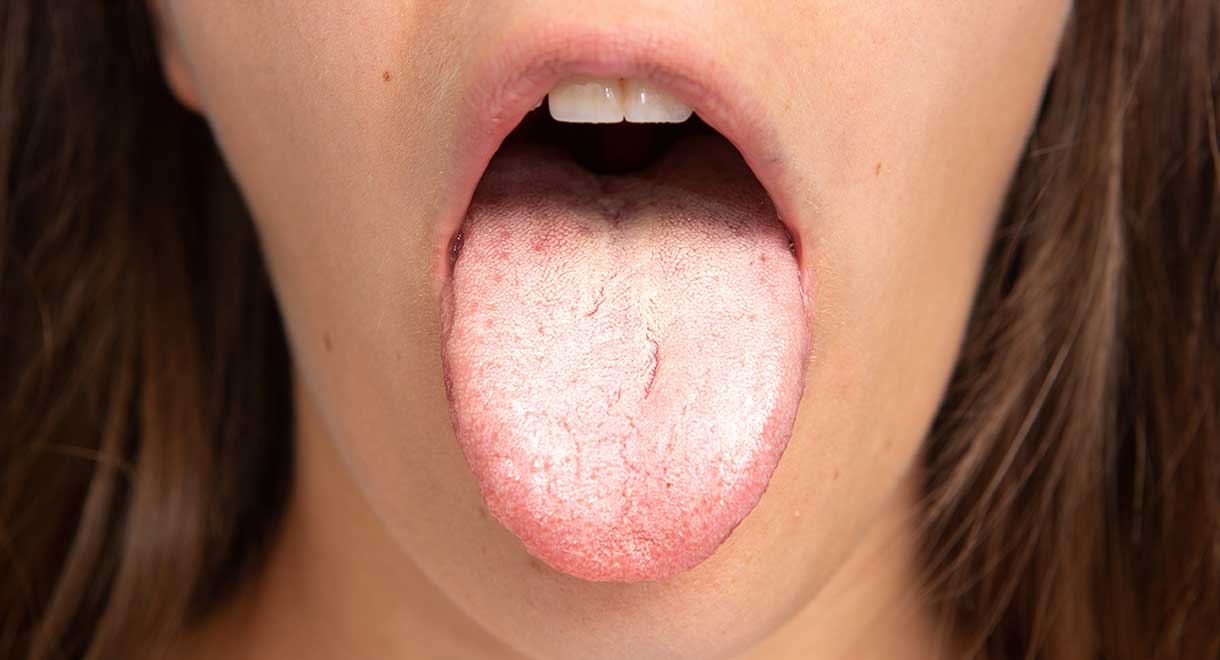

How can it be prevented?
There are a number of factors which put you at risk of developing problems with candidiasis. These include long term antibiotics (frequently prescribed for acne), the oral contraceptive pill, cortisone anti-inflammatory drugs, high levels of sugar in the blood (such as in diabetics, insulin resistant people or those addicted to chocolates and sweets), chronic viral infections such as glandular fever, cancer and chemotherapy drugs, nutritional imbalances which weaken the immune system, and excess intake of alcohol.
How to treat Candida infections
Localised infections, such as a skin fold rash, oral thrush or a single episode of vaginal thrush, can usually be treated by a simple application of tea tree oil, an anti-fungal cream or oral anti-fungal drops or lozenges. There is a range of tea tree oil products available which are specifically designed for the vagina and include a cream, pessaries and a douche solution.
For those with recurrent infections or systemic candidiasis, a much more holistic approach is required. Firstly, you should avoid the risk factors where possible.
- Avoid yeast, alcohol and sugar. Also avoid dried fruits, peanuts, melons and any fruit that is moldy. It is not necessary to avoid all fruit but intake should be limited to 2 servings per day. Nature Sweet is a safe sugar alternative that does not encourage Candida growth.
- It is best to avoid dairy products and gluten because these foods increase intestinal permeability (leaky gut syndrome) and will worsen the terrible symptoms and adverse health conditions that Candida can cause. Glutamine is one of the best natural remedies for repairing a leaky gut because your intestinal cells use it to repair themselves.
- Your diet should be high in healthy fats from pastured animals, ghee, wild seafood, nuts, seeds, avocado and coconut oil. Coconut oil is particularly effective against several intestinal parasites including Helicobacter pylori bacteria and Candida. There are powerful herbal formulas that help to eradicate Candida and other unwanted microbes in the gut. Contact us if you would like to speak to a naturopath or nutritionist.
- Foods that have natural antibiotic properties will fight Candida effectively if they are eaten regularly. The best ones are raw garlic (finely chopped, grated or juiced), raw ginger, onions, leeks, and radishes, cruciferous vegetables (broccoli, Brussels sprouts, cauliflower, cabbage) and cinnamon. Fresh garden herbs can fight Candida if they are eaten regularly – the best are thyme, oregano and rosemary. These foods are also very beneficial for the liver.
- Anyone with a Candida infection will develop an unhealthy, sluggish liver. This is because whenever there is a leaky gut, the liver bears the brunt of all the bowel toxins. The liver is the first stop for all blood flowing from the intestines. An overwhelmed liver will not be able to cleanse and purify your bloodstream well. This can lead to symptoms such as fatigue, foggy head, weight gain and allergies. There is a lot of helpful information in the book Fatty Liver: You Can Reverse It.





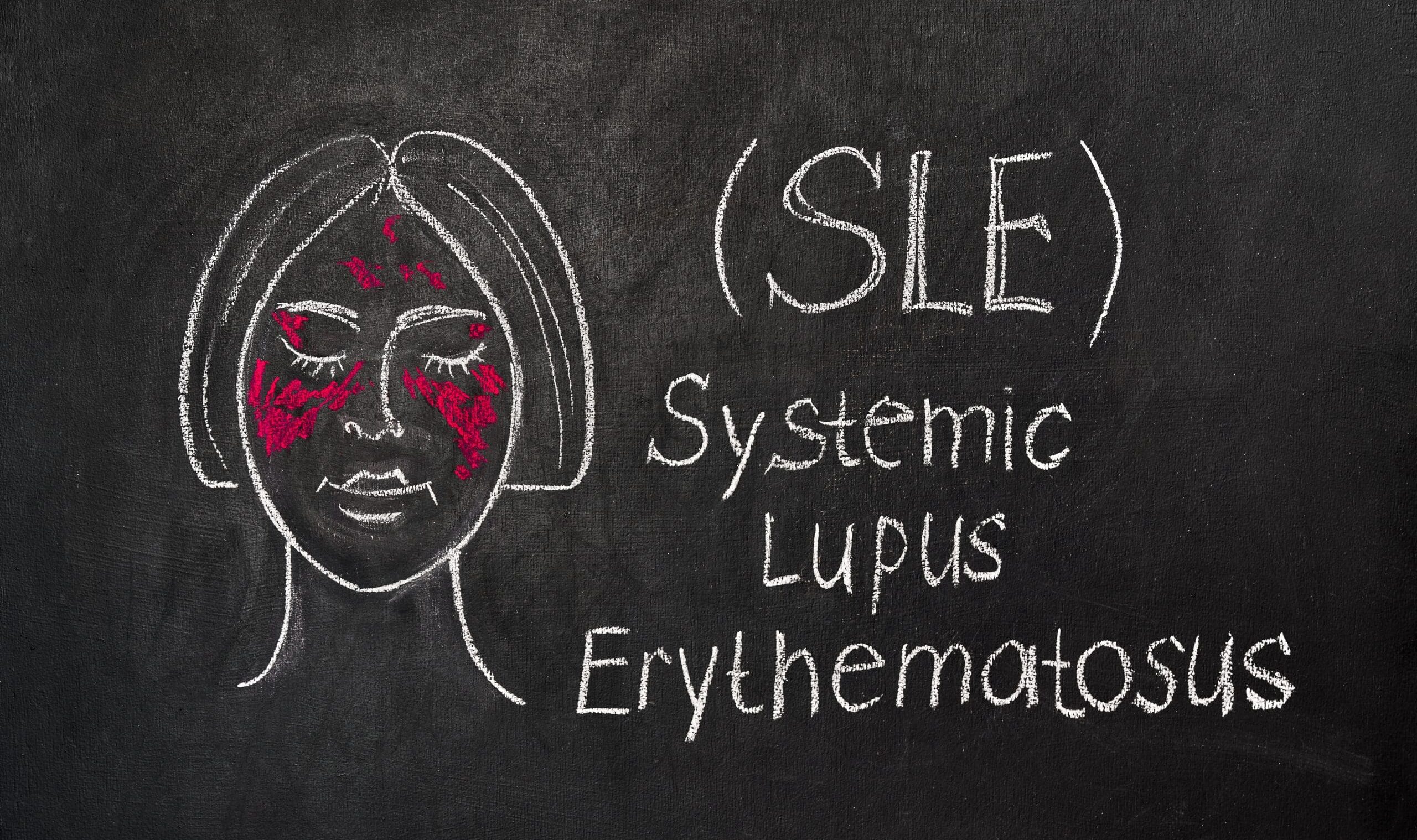
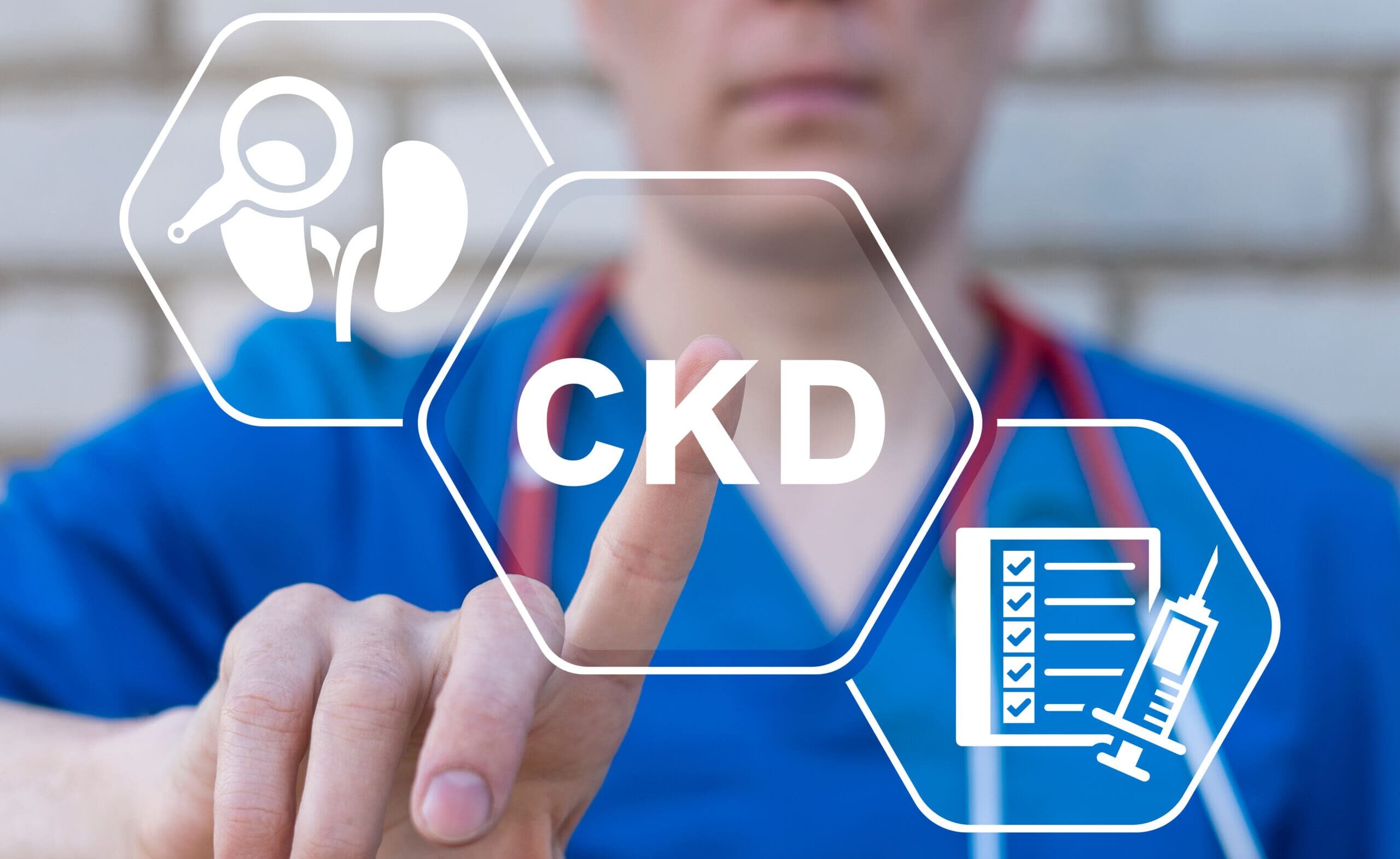
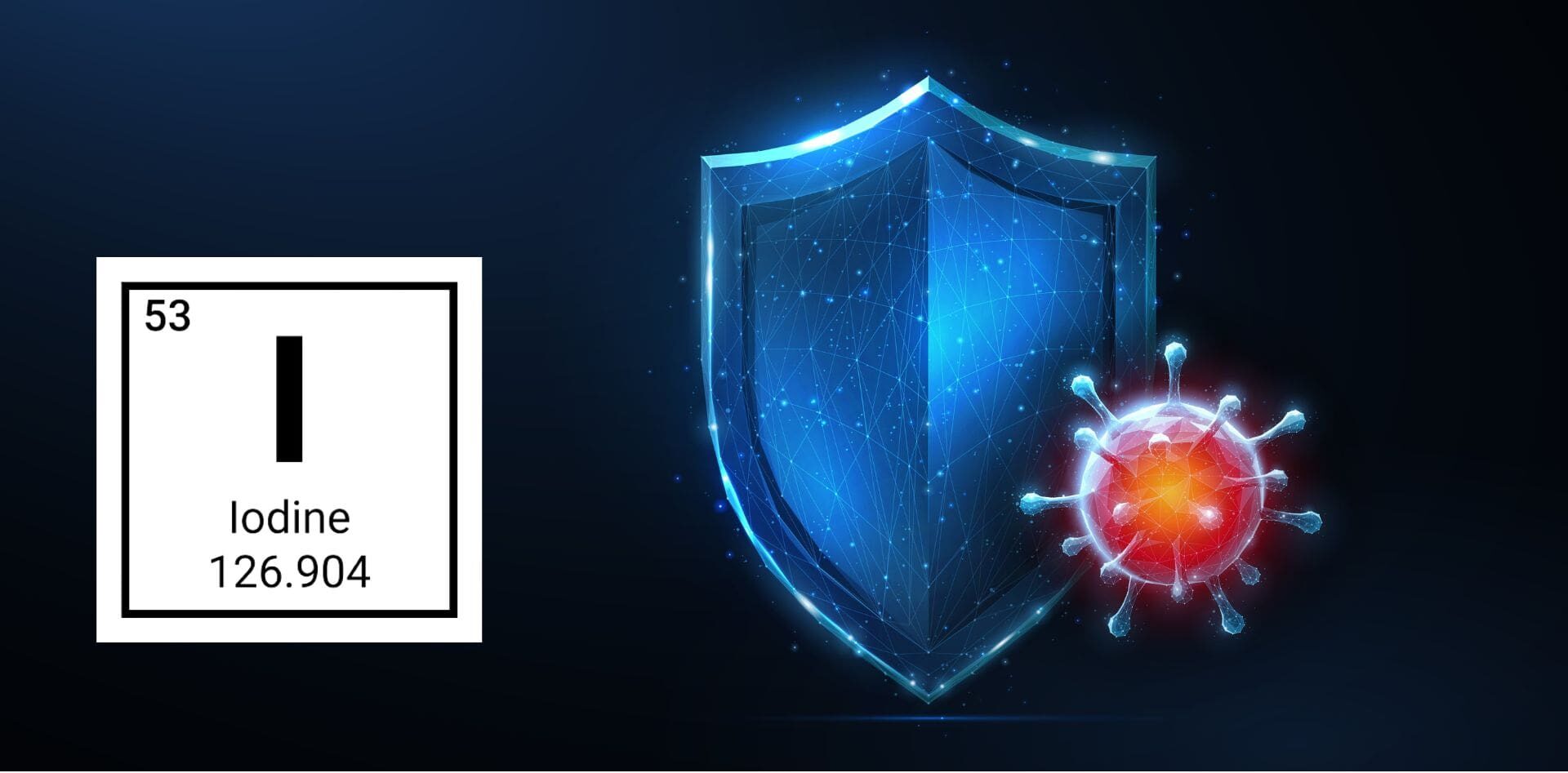

Leave A Comment